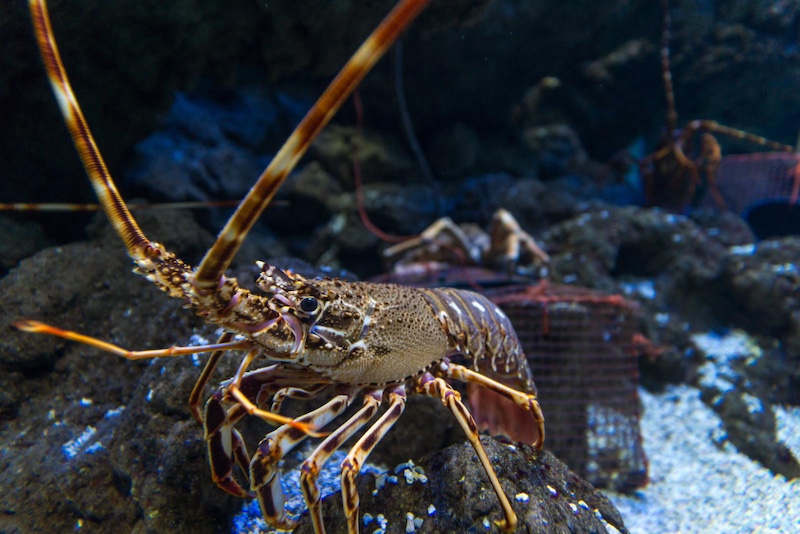When we think of dinosaurs, we often imagine a world dominated solely by these massive reptiles. However, during the Mesozoic Era, many other fascinating creatures coexisted alongside them. Some of these animals even survived the mass extinction that wiped out the dinosaurs 66 million years ago. Here are 10 animals that lived alongside dinosaurs and, remarkably, are still with us in some form today.
1. Sharks
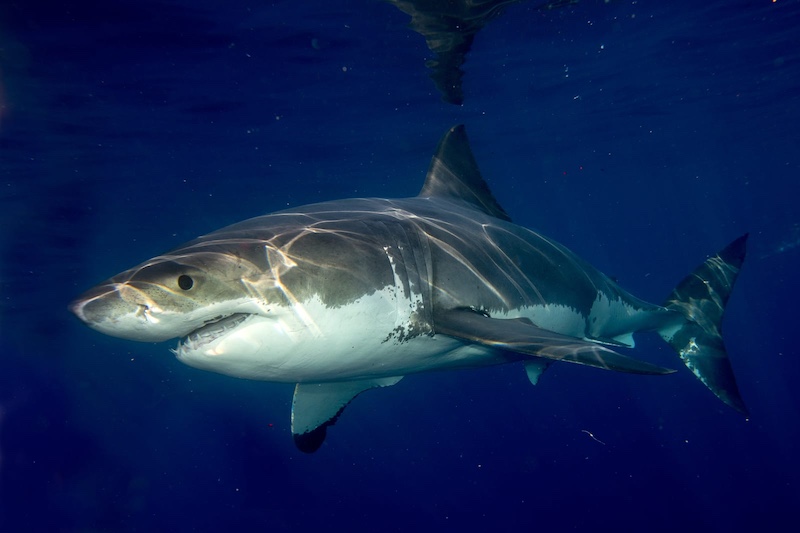
Sharks have been swimming in the oceans for over 400 million years, long before dinosaurs even appeared. The earliest ancestors of modern sharks were around during the Jurassic and Cretaceous periods. Their ability to adapt and evolve has made them one of the most resilient species on Earth.
2. Crocodiles

Crocodiles are one of the closest living relatives of dinosaurs, particularly the fearsome theropods like the Tyrannosaurus rex. Crocodiles have remained relatively unchanged for over 200 million years. During the Mesozoic Era, ancient crocodiles were more diverse, some growing to enormous sizes and even walking on two legs.
3. Turtles
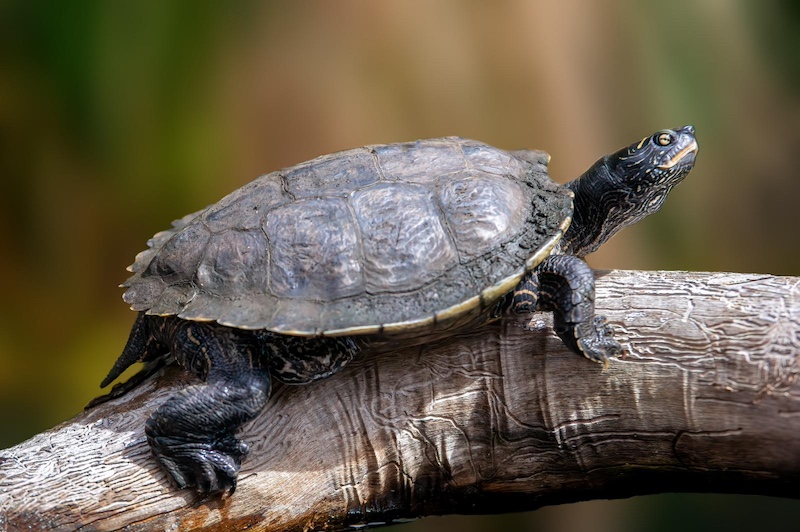
Turtles date back to around 230 million years ago, emerging during the Triassic period alongside early dinosaurs. The earliest turtle species were similar in form to modern-day turtles, with protective shells that helped them survive predatory threats.
4. Horseshoe Crabs
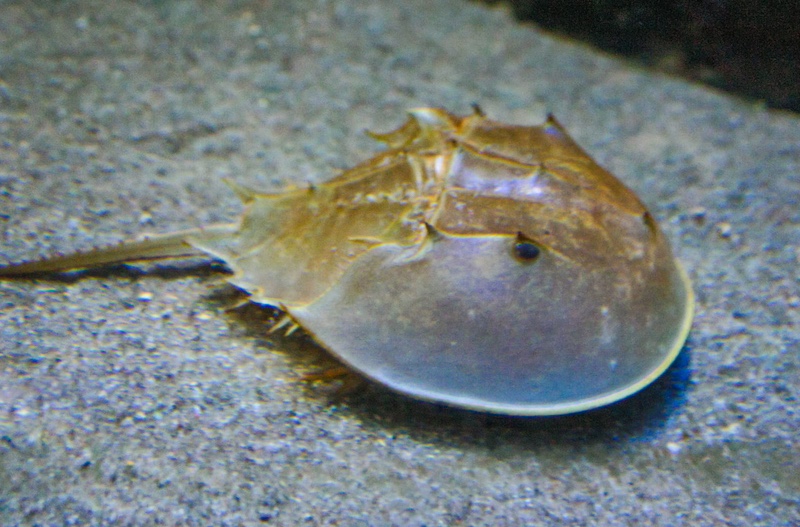
Horseshoe crabs are often referred to as “living fossils” because their appearance has hardly changed in 450 million years. They thrived in shallow seas during the time of the dinosaurs and have survived multiple mass extinctions, including the one that wiped out the dinosaurs.
5. Bees

Bees were buzzing around during the age of dinosaurs, pollinating plants as they still do today. Fossil evidence suggests that bees evolved around 100 million years ago during the Cretaceous period. They played a key role in the evolution of flowering plants, which became more abundant during this time.
6. Starfish
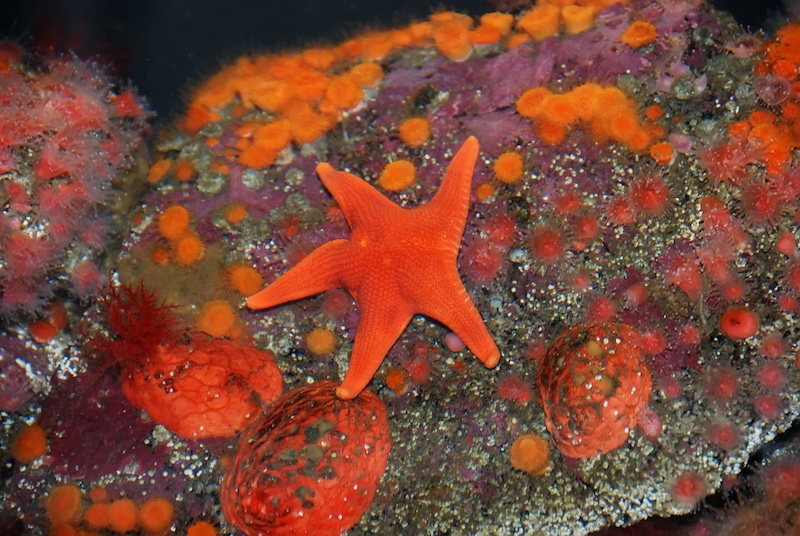
These resilient marine animals have survived numerous mass extinctions, including the one that wiped out the dinosaurs. With their ability to regenerate limbs and their adaptability to various marine environments, sea stars have thrived in the oceans for hundreds of millions of years and continue to be a vital part of marine ecosystems today.
7. Snakes
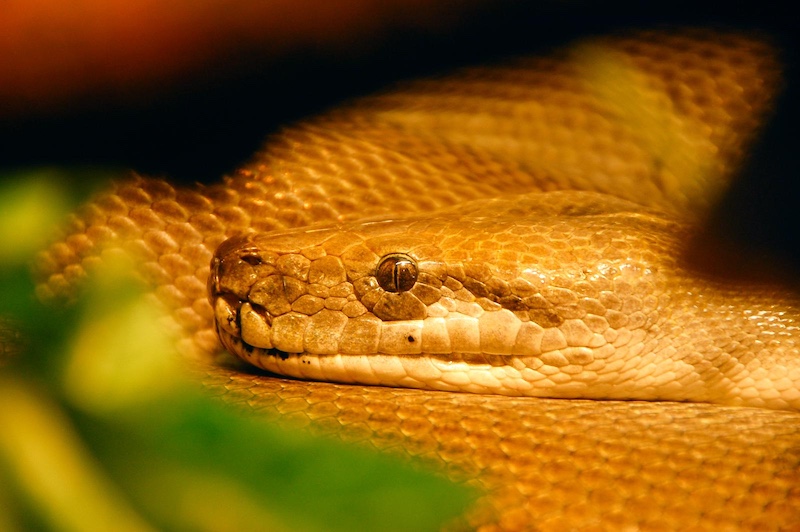
While dinosaurs ruled the land, snakes were slithering around underfoot. Snakes evolved from lizard-like ancestors during the Late Cretaceous period, around 100 million years ago. Fossils of early snakes show they coexisted with the dinosaurs, though they were much smaller and more primitive than today’s species.
8. Lobster

Lobsters and other crustaceans like crabs and shrimp have ancient origins, dating back more than 360 million years. These resilient sea creatures survived the same environmental changes that led to the extinction of the dinosaurs, adapting to life in the oceans over millions of years.
9. Lungfish
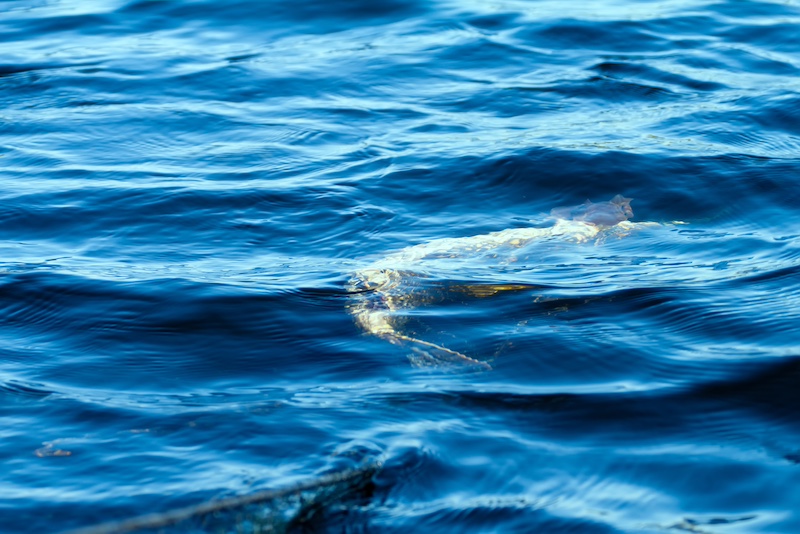
Lungfish have existed for nearly 400 million years, predating even dinosaurs. These unusual fish have the ability to breathe air, allowing them to survive in oxygen-poor environments. During the Mesozoic Era, lungfish lived in freshwater habitats, evolving into forms not so different from the ones we see today.
10. Dragonflies
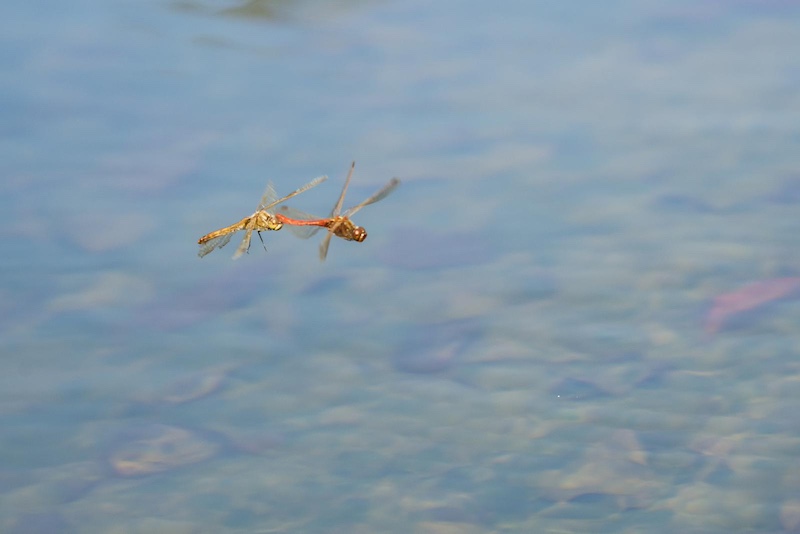
Dragonflies are ancient insects that were already in existence 300 million years ago. While the species that existed during the time of the dinosaurs were much larger, with wingspans over two feet, today’s dragonflies are smaller but have changed little in their anatomy. Please Note: This content was created with the assistance of AI and thoroughly edited by a human before publishing.

